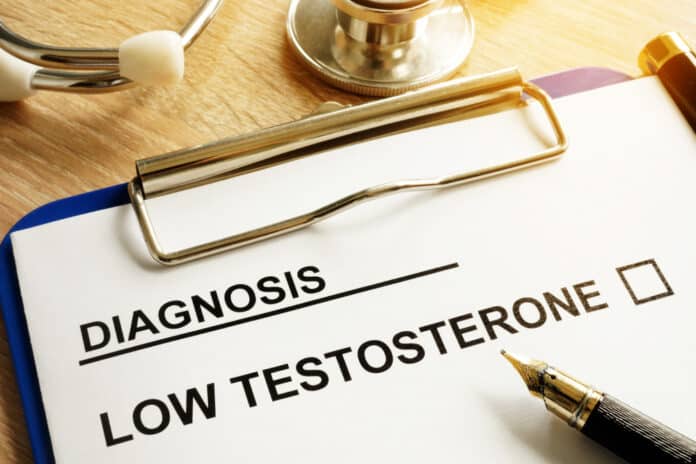
Testosterone is also known as androgen. It’s a significant hormone in both males and females. It is responsible for regulating libido in both genders, the regulation of sperm production in males, as well as the promotion of muscle mass, amongst others. Although people commonly call it the male sex hormone, scientists have established that females also require certain testosterone levels. In females, these hormones then convert into the sex hormone called estradiol.
In males, the testes are responsible for producing this testosterone, while in females, the ovaries produce testosterone. The adrenal glands in both sexes may also be responsible for tiny amounts of testosterone in both sexes.
In males, these hormones are essential because they are responsible for many changes and development in the human body. These include:
- Sperm creation;
- Strengthening of muscles and bones;
- Cognitive health and function;
- Heart health; and even
- Sex drive etc.
In females, testosterone is responsible for:
- Maintaining the levels of other hormones;
- Improving sex drive and fertility;
- Making new blood cells.
- Cognitive health and function; and
- Heart health.
Levels of Testosterone According to Age
In line with the recent guidelines released by the American Urological Association (AUA), a testosterone level of at least 300 nanograms is the required nanograms per deciliter (ng/dL) for males. Anything below the above in males would be diagnosed as low testosterone. While for women that are aged 19 and above, the normal testosterone levels should range from 15 to 70 ng/dL. Generally, the testosterone levels in both sexes should peak around 18 or 19 before it begins to decline as one goes through adulthood. For males between 7-10 years, the testosterone level should be 1.80 to 5.68, while in females, it should be 2.69 to 10.29. For males aged 13-17, the testosterone level should be between 208.08 to 496.58, while in females, it should be 16.72 to 31.55.
Symptoms of Low Testosterone in Men
There are many symptoms of low testosterone. This is usually diagnosed after a testosterone test is carried out. This test measures the hormone in one’s body. In males, these signs include:
- Lessened sexual desire,
- Fewer spontaneous erections;
- Impotence;
- Infertility; and even
- Erectile dysfunction (ED).
Symptoms of High Testosterone in Women
As we mentioned earlier, testosterone is also present in women at much lower levels. The estrogen levels in a woman drop significantly after menopause which means that the level of testosterone in their bodies at this point increases in tandem. This can cause certain complications in women. These include:
- Acne
- Loss of hair
- Irregular or absent menses; and even
- The growth of facial hair.
Conclusion
Where testosterone in males is low, a doctor may prescribe medications that will increase the testosterone. This may come in the form of medication, injections, or lotions. While in women, doctors may treat high levels of testosterone with medications such as:
- glucocorticosteroids;
- oral contraceptives;
- spironolactone.


















